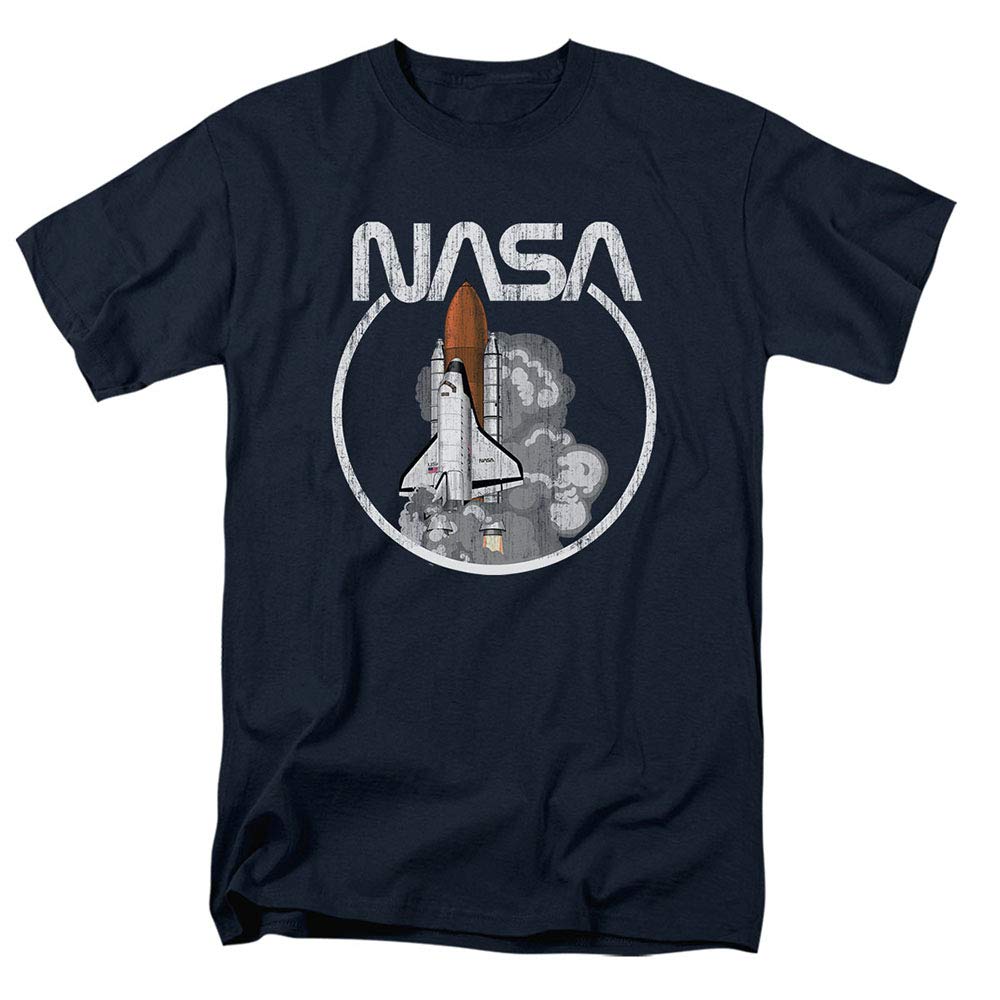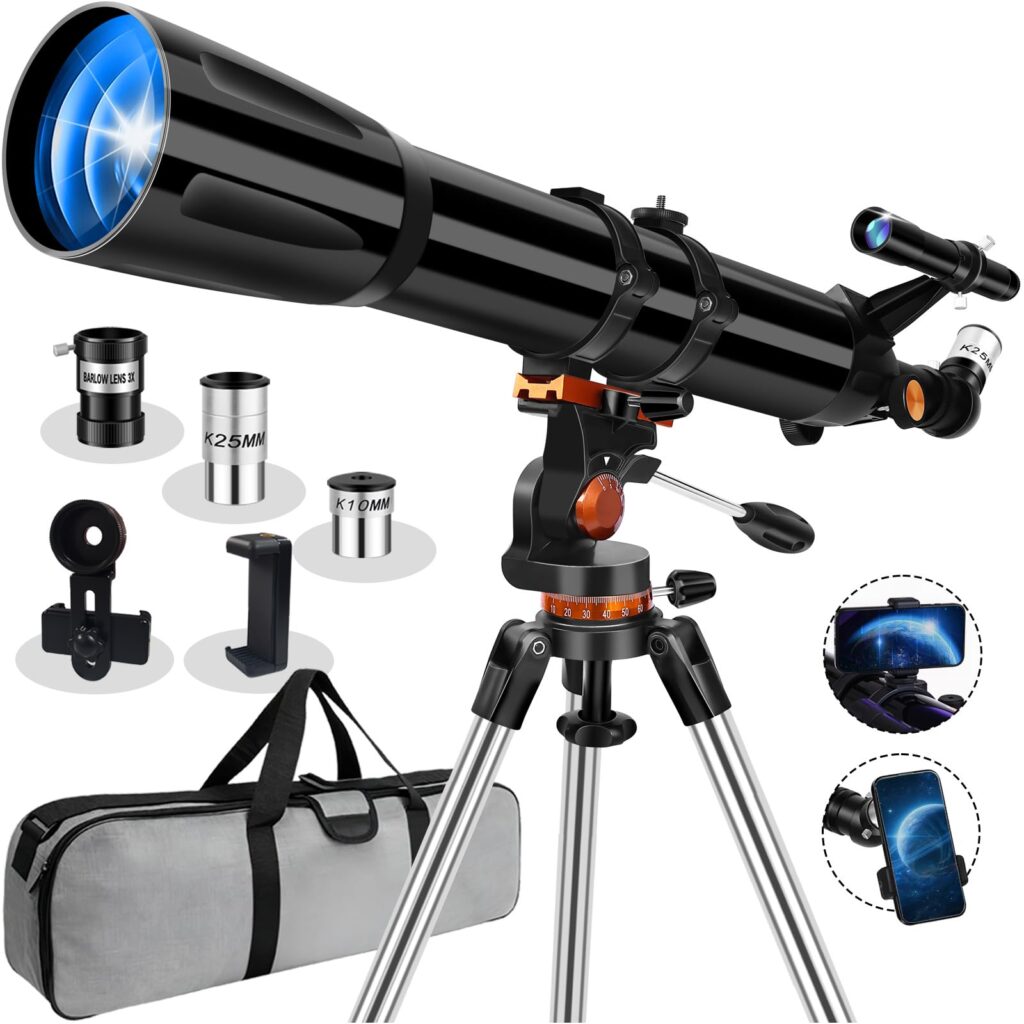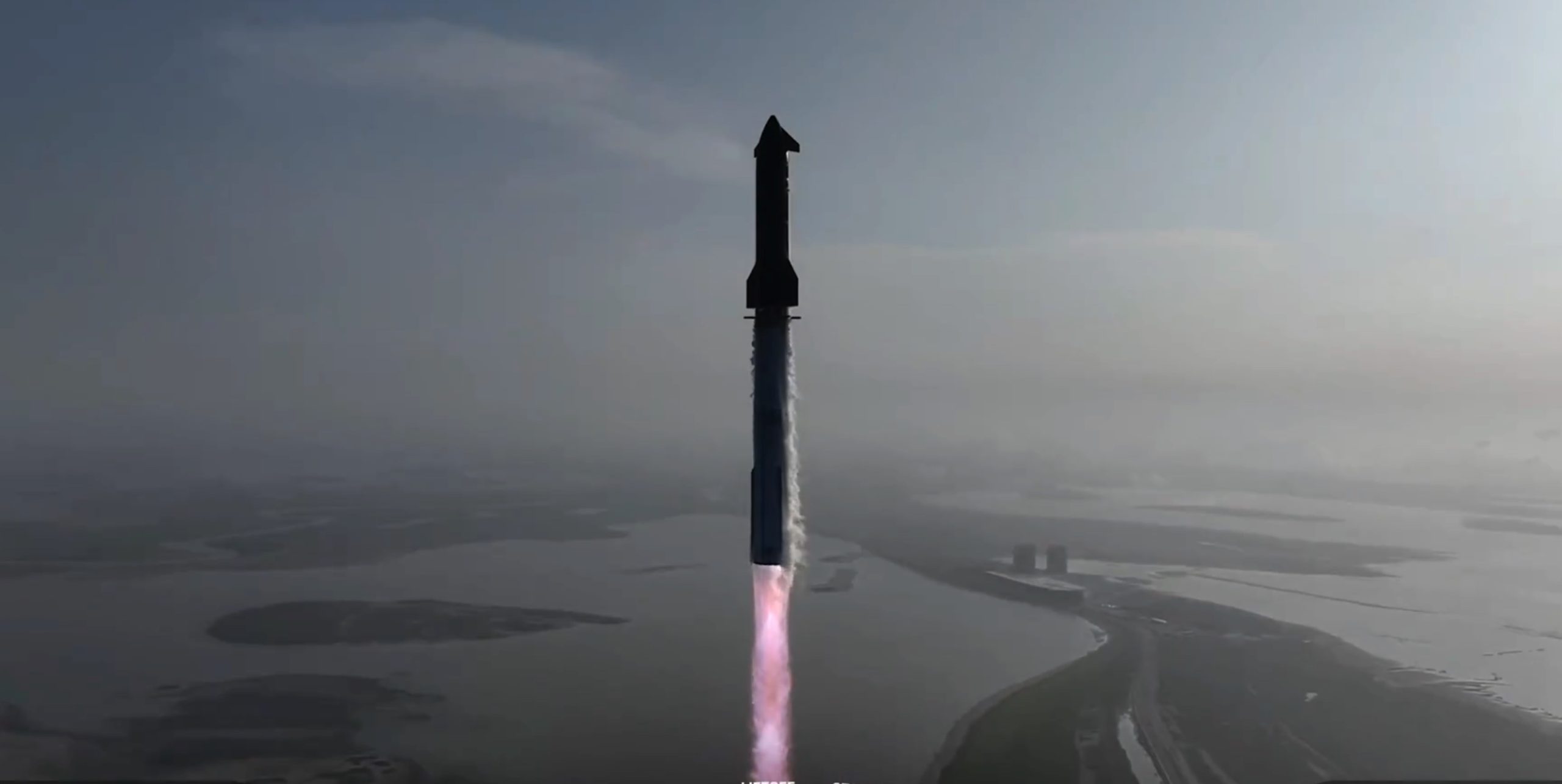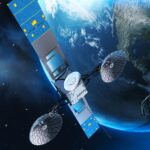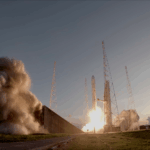Now Reading: Estrack Network Celebrates 50 Years of Advancing Space Exploration
-
01
Estrack Network Celebrates 50 Years of Advancing Space Exploration
Estrack Network Celebrates 50 Years of Advancing Space Exploration
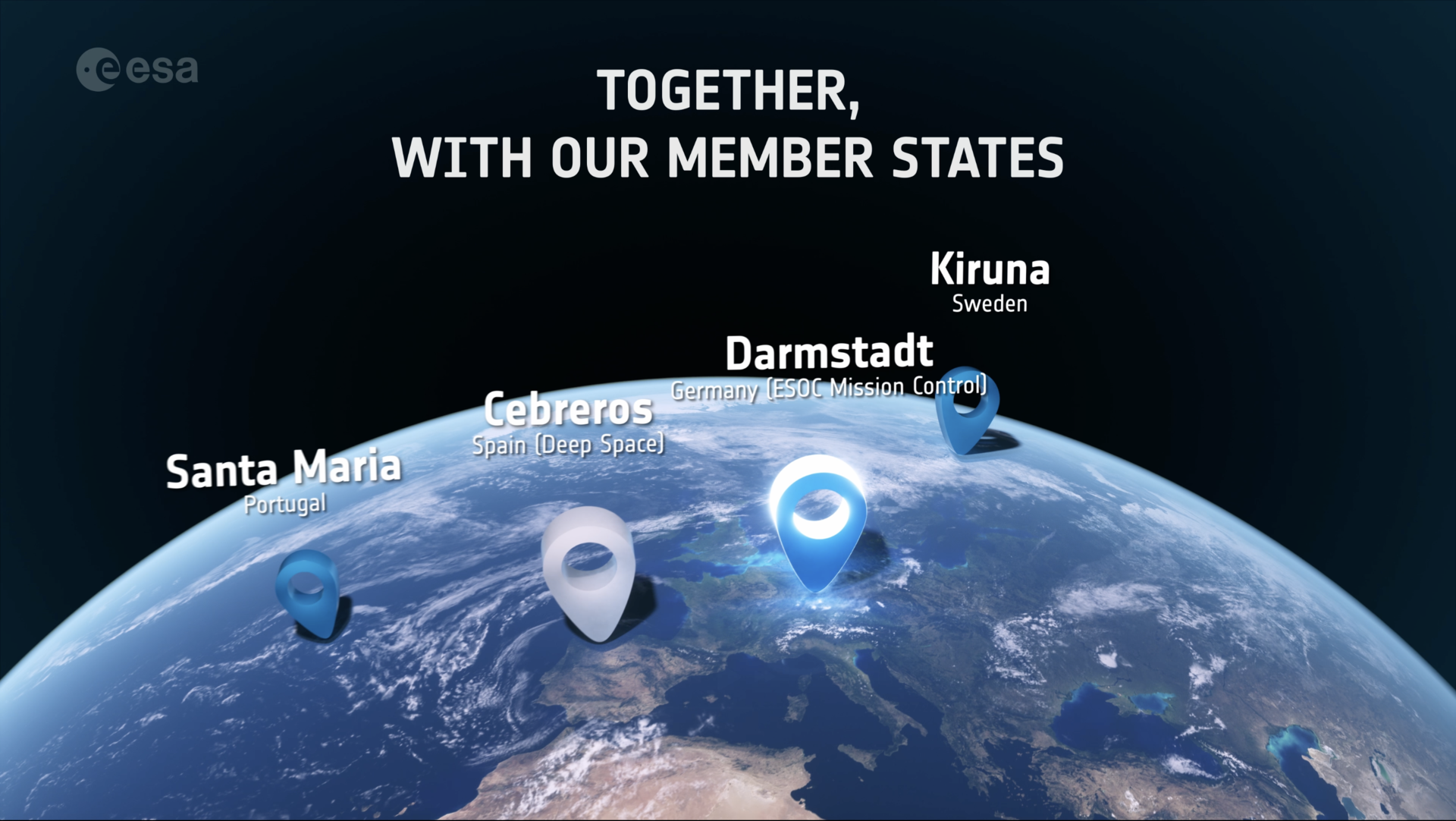
The journey of Estrack, the European Space Agency’s satellite tracking network, is a fascinating tale woven through the fabric of space exploration history, marked by innovation, foresight, and international collaboration. Established in 1975, this network of ground stations was conceived at a time when the notion of a unified approach to satellite communications was just beginning to take root in Europe. In the wake of the Apollo missions, which captivated the world’s imagination, Europe sought to carve its niche in the cosmos, leading to the birth of Estrack.
Initially, the network consisted of just a handful of ground stations but rapidly evolved to become a robust system essential for communication with an ever-growing number of satellites. The evolution of Estrack mirrors advancements in technology and the expanding ambitions of the European Space Agency. Each station has been meticulously placed to optimize the coverage of satellites, ensuring consistent communication across various missions.
In its early years, Estrack’s operations focused primarily on supporting ESA’s exploratory missions, such as the Giotto spacecraft’s historic encounter with Halley’s Comet in 1986. Giotto’s flyby marked a momentous achievement, and Estrack played a pivotal role in relaying data back to Earth, showcasing the capabilities of the network. As technology advanced, so did the sophistication of the Estrack system, adapting to handle more complex missions and increasingly sophisticated spacecraft.
Over the decades, new stations were added to the network, expanding its reach across the globe. The establishment of sites in Spain, Norway, Sweden, France, Italy, and Germany has ensured that no part of the sky is out of reach for mission controllers in Darmstadt. These stations serve not just as communication points but as critical components in the operational framework of ESA’s endeavors.
A significant turning point in Estrack’s evolution came during the launch of the Earth Observation satellites. The significance of these satellites can’t be overstated; they provide vital data for climate research, disaster management, and urban planning. Estrack has been instrumental in ensuring that data collected from these missions are transmitted efficiently back to Earth, allowing scientists to monitor our planet in real-time.
As we progressed into the 21st century, Estrack’s role continued to expand beyond mere communication. The system has grown to support a variety of missions, including the Mars Express and the Rosetta missions which have significantly advanced our understanding of the Solar System. The ability of Estrack to maintain contact with spacecraft traversing the vastness of space, from low Earth orbit to the far reaches of the outer planets, underscores its centrality to ESA’s scientific objectives.
With advancements in space technology, Estrack has also embraced modern developments such as the integration of advanced data transmission techniques and automated tracking capabilities. The network’s infrastructure has been enhanced with cutting-edge technology, ensuring that it remains at the forefront of satellite tracking. The importance of this evolution not only reflects the achievements of ESA but also highlights the collaborative spirit among European nations in pursuit of shared goals in space exploration.
The dynamic history of Estrack illustrates not only the technological progress but also the profound human intention to explore the unknown. Each satellite tracked, each mission supported, stands as a testimony to what can be achieved through cooperation and innovation. As we look ahead to the next fifty years, Estrack not only celebrates its storied past but also positions itself as a vital player in the future of space exploration.
In the grand tapestry of space exploration, the role of satellite tracking emerges as an important thread, intertwining the ambitions of humanity with our insatiable curiosity about the cosmos. Satellite tracking is not merely about following the path of a spacecraft; it is the lifeline that sustains the communication and scientific exchange necessary for mission success. Without this vital link, the journeys of satellites could easily devolve into lonely odysseys, drifting through the void with no direction or purpose. Estrack, Europe’s esteemed satellite tracking network, exemplifies the profound significance of this service in a multitude of ways.
Consider the sheer scale of modern space missions. Every vehicle launched into the cosmos, from small CubeSats to grand interplanetary probes, depends on an intricate web of communications. Estrack’s geographically diverse network means that no matter where a satellite is — be it in low Earth orbit, deep space, or stationed at strategically important Lagrange points between the Earth and the Sun — there is always a ground station ready to establish a connection. This omnipresent oversight allows engineers and scientists to send commands, receive telemetry, and ultimately ensure the health and functionality of their missions.
As we contemplate the significance of satellite tracking, it becomes evident that it enriches the scientific community’s understanding of space and Earth. For instance, data collected by Earth observation satellites, which rely on Estrack for their operational success, informs worldwide initiatives on climate change and disaster management. When wildfires rage or hurricanes form, the timely data transmitted back to monitoring centers can lead to early warnings and save countless lives. Here, Estrack transcends the role of a communication network; it becomes a guardian of our planet.
Moreover, satellite tracking is indispensable for scientific missions exploring extraterrestrial bodies. Take ESA’s Mars Express and Rosetta missions, for example. Mars Express has been essential in studying the Martian landscape, providing insights into its geology and climate, all of which hinge on the continuous stream of information managed by Estrack. Likewise, the Rosetta mission’s rendezvous with comet 67P/Churyumov-Gerasimenko would not have been achievable without the real-time tracking and data transmission capabilities of Estrack. The network’s ability to maintain communication with Rosetta as it navigated the complex gravitational forces and varying distances of the solar system was nothing short of a technological marvel.
Additionally, satellite tracking plays a pivotal role in ensuring the safe transit of rocket launches. Each launch is a carefully orchestrated ballet of timing and precision, where Estrack’s stations are the watchful eyes, confirming that everything proceeds smoothly as payloads break free from Earth’s atmosphere. This tracking ensures that missions are not only successful but also that they can be adjusted in real-time, should any anomalies arise during flight. As such, Estrack is not just a passive observer; it’s an active participant in the orchestration of space missions.
On a human level, the act of tracking satellites and communicating with spacecraft fosters a sense of connection—both between nations and with the cosmos itself. The continual exchange of information solidifies international partnerships, inviting collaboration over competition. When scientists from various nations work together, sharing resources and expertise, they ensure that the knowledge gained from space exploration benefits all of humanity, rather than remaining confined to national borders. This spirit of cooperation embodies what space exploration should represent: a united front in the quest for understanding our universe.
As we reflect on the significance of satellite tracking in space exploration, it becomes clear that the impact of networks like Estrack reaches far beyond mere communication. They are the lifeblood of scientific progress, safeguarding our Earth, exploring distant worlds, and fostering international collaboration. With each transmission and every successful mission, they remind us that in the grand dance of the universe, we are all connected, all striving towards the stars, and all part of something infinitely larger than ourselves.
Stay Informed With the Latest & Most Important News
Previous Post
Next Post
-
 012024 in Review: Highlights from NASA in Silicon Valley
012024 in Review: Highlights from NASA in Silicon Valley -
 02Panasonic Leica Summilux DG 15mm f/1.7 ASPH review
02Panasonic Leica Summilux DG 15mm f/1.7 ASPH review -
 03From Polymerization-Enabled Folding and Assembly to Chemical Evolution: Key Processes for Emergence of Functional Polymers in the Origin of Life
03From Polymerization-Enabled Folding and Assembly to Chemical Evolution: Key Processes for Emergence of Functional Polymers in the Origin of Life -
 04How New NASA, India Earth Satellite NISAR Will See Earth
04How New NASA, India Earth Satellite NISAR Will See Earth -
 05And Thus Begins A New Year For Life On Earth
05And Thus Begins A New Year For Life On Earth -
 06Astronomy Activation Ambassadors: A New Era
06Astronomy Activation Ambassadors: A New Era -
07SpaceX launch surge helps set new global launch record in 2024












